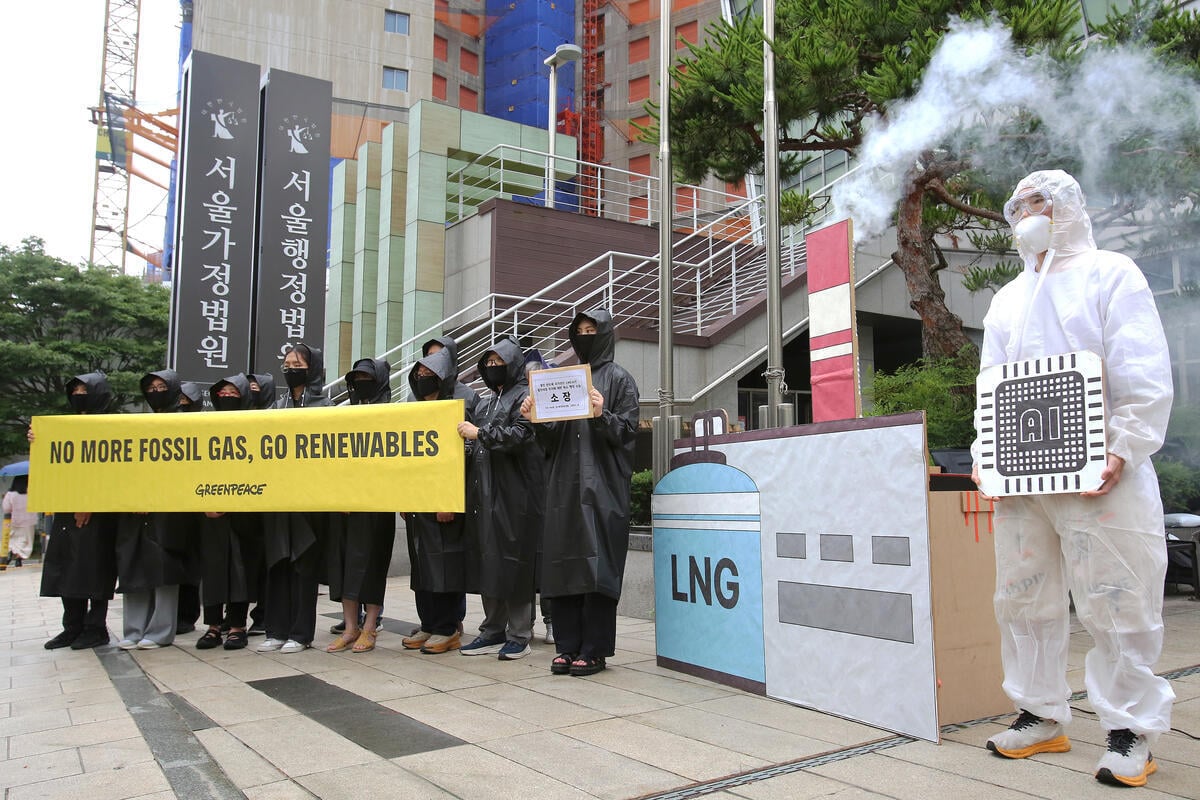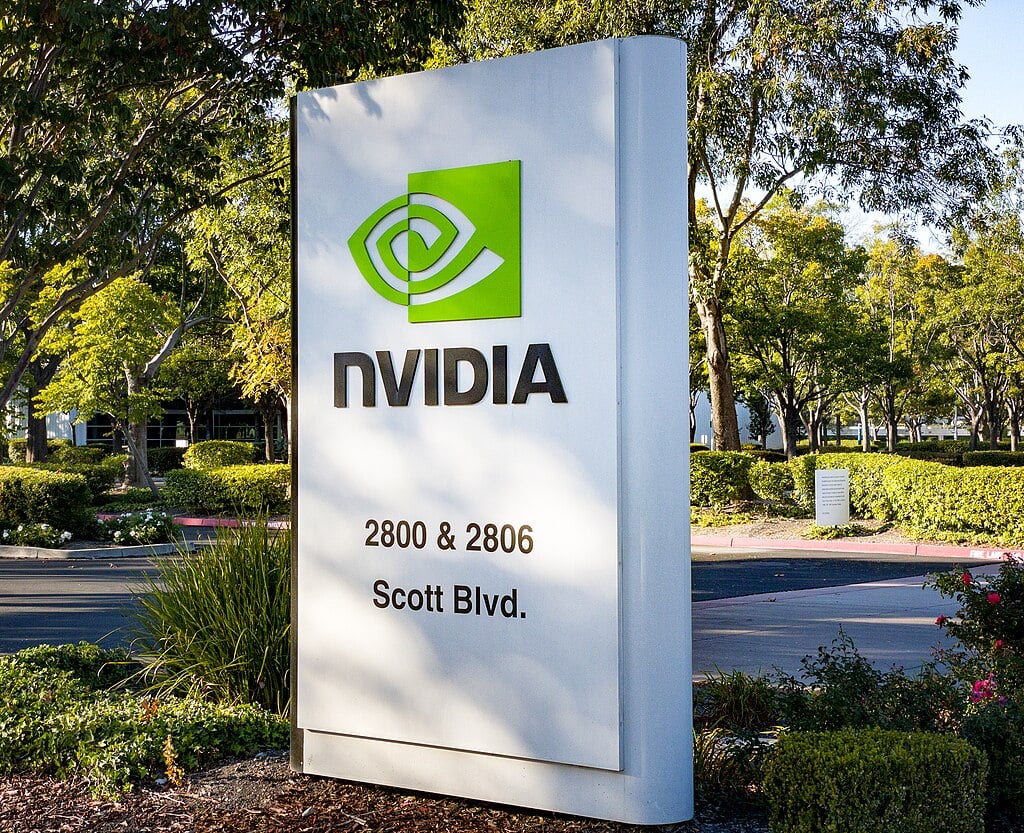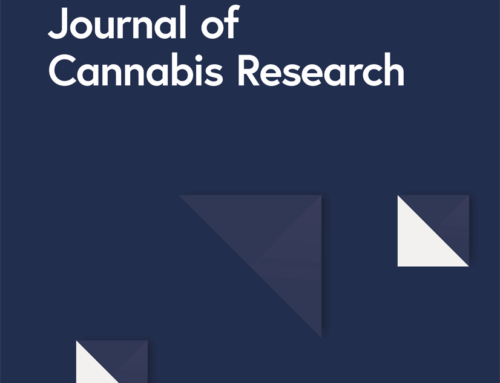The environmental cost behind Nvidia’s rise as world’s biggest AI chipmaker: Who is paying
November 23, 2025
It started with fried chicken.
At the APEC 2025 in South Korea, NVIDIA’s CEO Jensen Huang sat down with the heads of Samsung and Hyundai over fried chicken and beer. Behind the laughter and camera flashes came a big deal: over 250,000 graphics processing units (GPU) to expand South Korea’s AI infrastructure
On the surface, it looked like progress, a new chapter for innovation in East Asia. But behind that moment was an environmental cost the world isn’t paying enough attention to.
That’s why the System Shift podcast is back. In this new episode, Greenpeace East Asia looks at the real-world impacts behind NVIDIA’s record-breaking valuation, and asks the question: who is paying the price for the AI boom?

For years, SK Hynix and Samsung in Korea and TSMC in Taiwan have powered NVIDIA’s rise. Together they have built the backbone of the global AI industry, producing the chips that fuel data centers and supercomputers everywhere. These companies have turned East Asia into the world’s electronics workshop, efficient, ambitious, and unstoppable.
But this success hides an uncomfortable truth. It is coming at a high environmental cost.
As the demand for AI chips grows, so does its appetite for electricity. According to Greenpeace East Asia’s 2024 report Chipping Point, the semiconductor industry could soon consume a massive share of local power: up to 20% of Taiwan’s total electricity and 30–40% of South Korea’s industrial use by 2030 . Yet fossil fuels still make up more than 50% in both places.
To meet this rising demand, governments are turning back to fossil fuels and even nuclear power.
In Yongin, South Korea, six new LNG power plants have been approved to keep up with AI’s energy needs. That decision has already sparked legal action, with 450 residents and civil society suing the government over climate and health risks. On the other side of the region, Taiwan, once proud of being a nuclear-free homeland, is now reconsidering the referendum of its nuclear plants. Even Huang, who was born in Taiwan, once called nuclear power “a good option for the island.”

The dangers of fossil fuels expansion are not abstract. To catch up with the surging electricity demands from the AI industry, Taiwan is proposing an expansion of several gas power plants. However, this has raised increasing public health concerns. September 2025, a gas leak explosion at Hsingda Power Plant in the city of Kaohsiung during its ignition testing, sparked frustration and concern among local residents. Greenpeace Taiwan’s research also found that generally people living near power plants and petrochemical production facilities are in high-risk zones for air pollution exposure. They identified 191 facilities across 13 counties and cities in Taiwan, and claimed high-risk zones cover almost 40 percent of the population, including 1.15 million children and 1.59 million elderly residents.
People living on the front lines of AI industry development are paying the price for the world’s digital transformation.
Meanwhile, NVIDIA, now the world’s first 5 trillion dollar company, has yet to set a target to cut emissions from its suppliers. According to Greenpeace East Asia, more than 80% of its total carbon footprint comes from its supply chain, much of it based in East Asia. Yet there is still no clear commitment or action to help suppliers transition to renewable energy or improve local conditions, according to Greenpeace East Asia’s latest ranking.
This silence speaks volumes. It tells us that the “partners” in Asia are being treated not as equals in progress, but as stepping stones toward global AI dominance.
Greenpeace campaigners across the region are seeing the human side of this injustice. They see communities living near new power plants, children facing potential exposure to polluted air, and families fighting for their right to clean energy. These stories have not been heard enough.
You can listen to the latest episode of our System Shift podcast, where we talk about what happens when AI’s progress collides with sustainability, and how we can build a digital future that does not destroy the real one.
True innovation is not measured by speed or market value. It is measured by care, for people, for the planet, and for the generations to come.
Join us for Clean AI, Clean Future by signing the petition below.

AI is transforming our world, but the chips that power it are still manufactured using dirty energy. Sign now for a “Clean AI, Clean Future”.
Avex Li is a Digital Communications Strategist at Greenpeace East Asia
Search
RECENT PRESS RELEASES
Related Post




